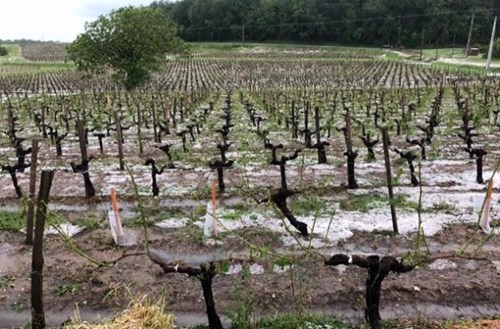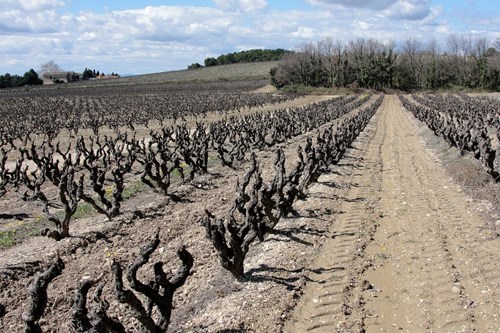WHAT ARE BUSH VINES?

4 min read
Talking to wine lovers lately I realized that the term bush vines is practically everywhere out there. But let's be honest, who really knows what bush vines are and what’s their importance? To answer any question, the well-known wine geek will explain below everything you want to know about the hot topic of bush vines.
So, let’s start. Depending on the climate, the wine style, the soil and other factors, the vine is pruned in a specific way and acquires a special formation. Bush vine is therefore a pruning style, which as its name implies is bush-shaped and is one of the oldest pruning styles in the world. It usually has a short trunk and the top is somewhat irregular and not like Bordeaux's clean-cut vines for example, that have this cute "T" shape (scientifically called double guyot).

Vineyard in Bordeaux (double guyot)
But why someone would choose it? Well, with this shape the vine has as many leaves as needed for shade, so the fruit does not burn while it helps to gradual and proper ripening of the grapes. It also helps to ventilate the vine and thus prevent diseases such as mold. From the above you can easily understand that bush vines are ideal for areas with warm climate and plenty of sunshine such as the Rhone, South Africa, Australia and Greece. At the same time, the roots of the bush vines have the ability to reach up to 20 meters deep in search of water. This makes them ideal for dry climates as well as for areas where irrigation is either difficult or prohibited.

Syrah bush vines
On the other hand, bush vines have some disadvantages too. The most important of these is the inability to perform mechanic harvest. As a result, it takes much more labor (and money) and time to harvest the grapes. In addition, they have lower yields, which in combination with the previous one leads to a loss of money for the producer (unless he can sell his wines at a higher price).
Some have linked bush vines to biodynamic cultivation and quality wine. This link has not been scientifically substantiated but it has been shown that bush vines are less susceptible in Botrytis cinereal or in other words gray rot. This means a healthier plant without the need to use a lot of chemicals and this is probably why it is chosen by the supporters of biodynamic cultivation.
Eva Markaki
Wine Geek


